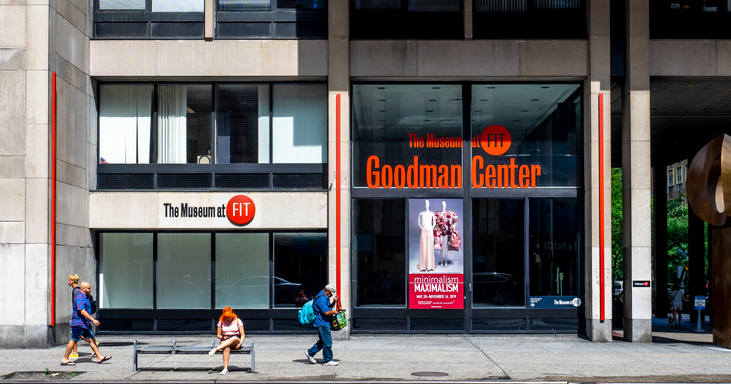“Hers is His, His is Hers: History and Gender”
A piece I wrote for my alma mater, Fashion Institute of Technology’s newspaper on their limited run of a collection at The Museum at FIT.
The Museum at FIT is known for exhibiting one-of-a-kind pieces and styles from every different fashion designer throughout the world. However, the “His and Hers” exhibit explores 250 years of the relationship between fashion and gender. With three different rooms and 70 different garments that take you from 1750 to present day, His and Hers takes you through the perceptions of gender over time and across cultures, and the effects men’s and women’s fashions have on one another.
Neutral colors and luxurious fabrics light up the first chronology of the exhibit from 1750 to1899. The 18th century court costumes illustrate the similarities in fashions of upper-class men and women during the Industrial revolution. A men’s embroidered velvet court suit, which was considered aristocratic in the 18th century would now appear to be feminine because of the exquisite materials and adornments. The room also exhibits a brightly patterned man’s dressing gown from the 1840s alongside a women’s demure, white cotton morning robe to show how men wore colorful, exotic garments at home. The women’s silhouettes are structured and feminine, with dresses hugging the waist and frilled skirts and petticoats.
The drastic change of the women’s silhouette and style of dress is shown in the second room, which features clothes from the early 20th century (1900-1949.) World War II and women beginning to be in the workplace brought out more androgynous styles, and menswear began to effect womenswear, especially in the sportswear department. Women were wearing tailored suits with shoulder pads and trousers. The acceptance of pants for women became the most significant fashion development of the 20th century. Walking through the museum, one can see contrast to the boxy suits that were fashionable for men, Dior’s New Look of the 1950’s launched a return to ladylike dresses with an hourglass silhouette of the 18th and 19th century.
1950- Now is the third and final room, the room that mostly exhibits the theme of His and Hers. By 1970, women and men were wearing similar clothing although no amount of tailoring could ever mask the physical differences between the two genders. The growing number of women in the workplace by the 1980’s brought “power suits” to the fashion industry. Women were, and dressed just as powerful as men. By the 90s, men were wearing soft feminine colors, and skirts. Designers such as Franco Moschino and Jean Paul Gaultier pushed the envelope by producing these skirts for men to wear, although they never caught on.
The His and Hers exhibit at the Museum at FIT is not only a showcase of gender distinction in men’s and women's fashion, but it also acts as a history lesson. It brings you through two centuries, and periods of time that shook our world, and the clothes that reflected the change that occurred, and continues to occur to this day. Womenswear is reflected on menswear and vice versa, but the fashion industry is a reflection of history, and what we see every day, and the lives we live. Male or female. The Museum at FIT is located at 27th St between 7th and 8th avenue. His or Hers will be running now through May 10.


